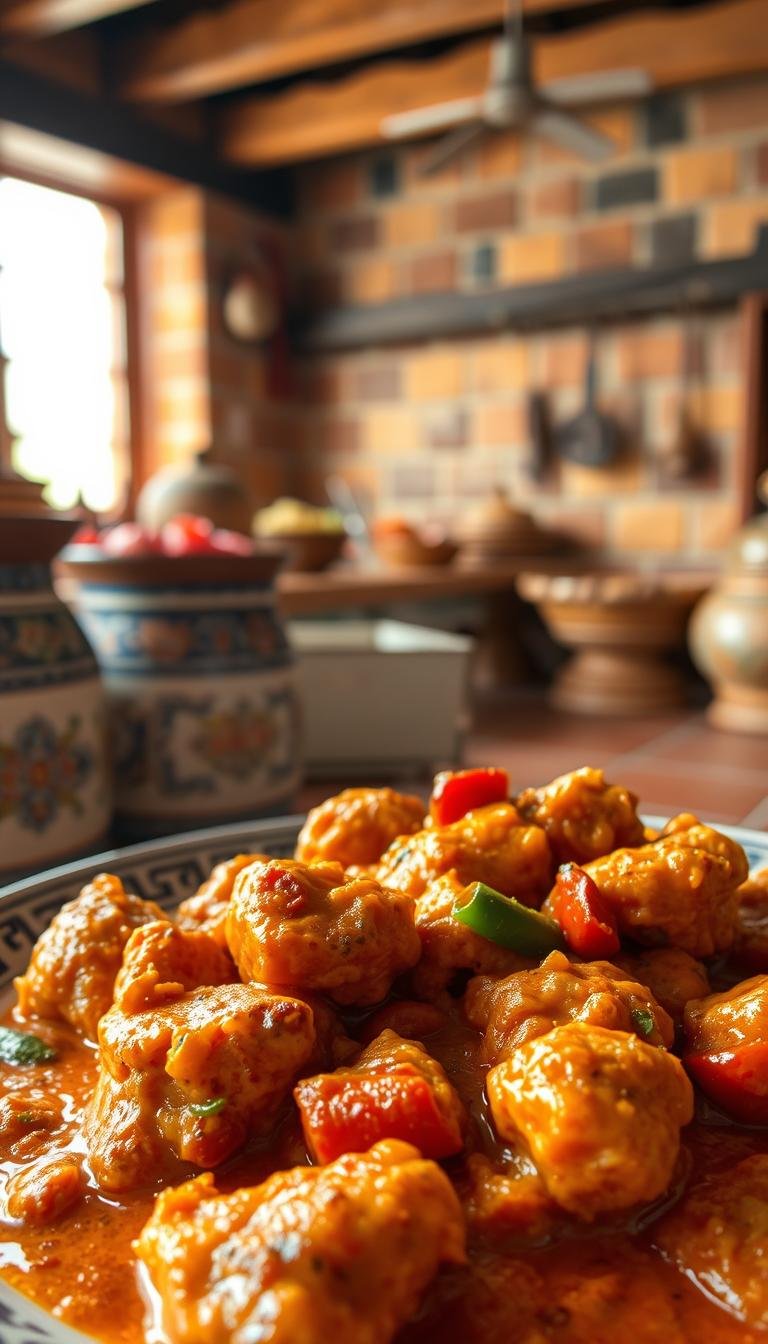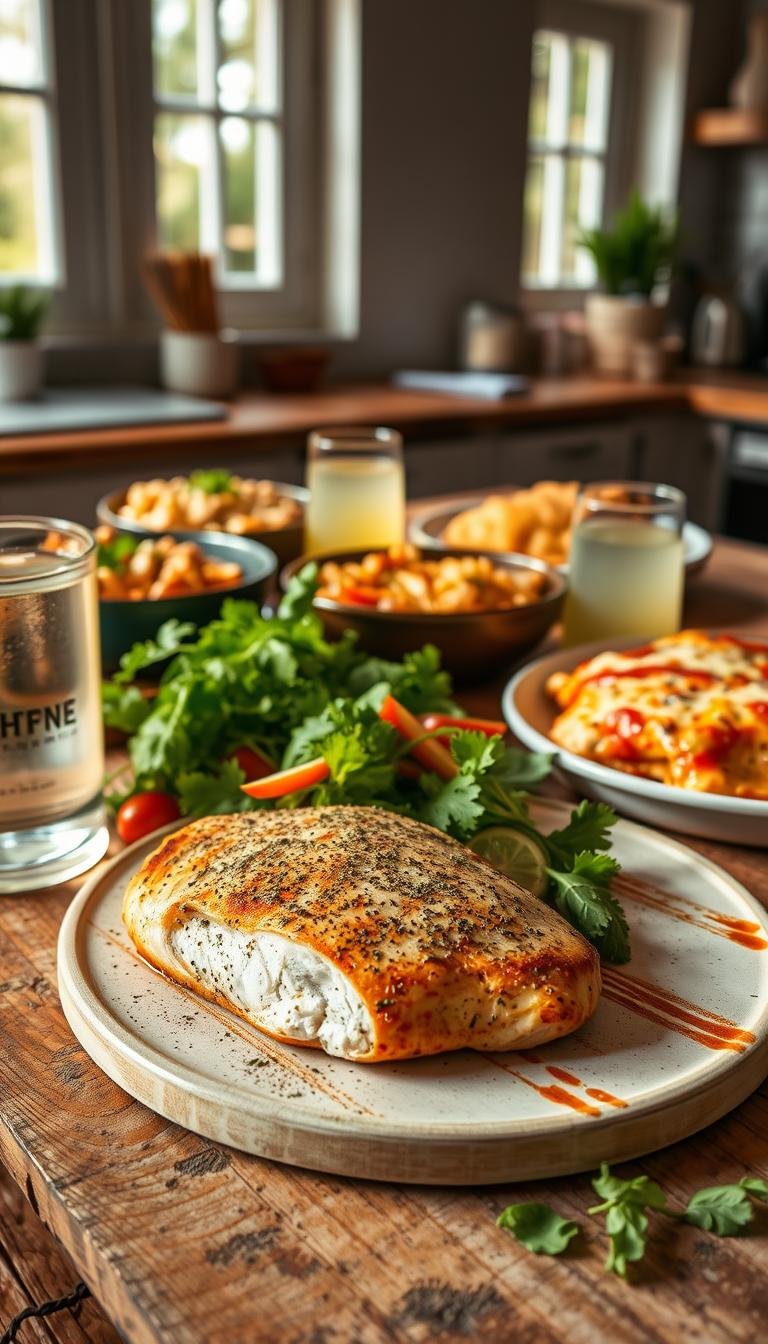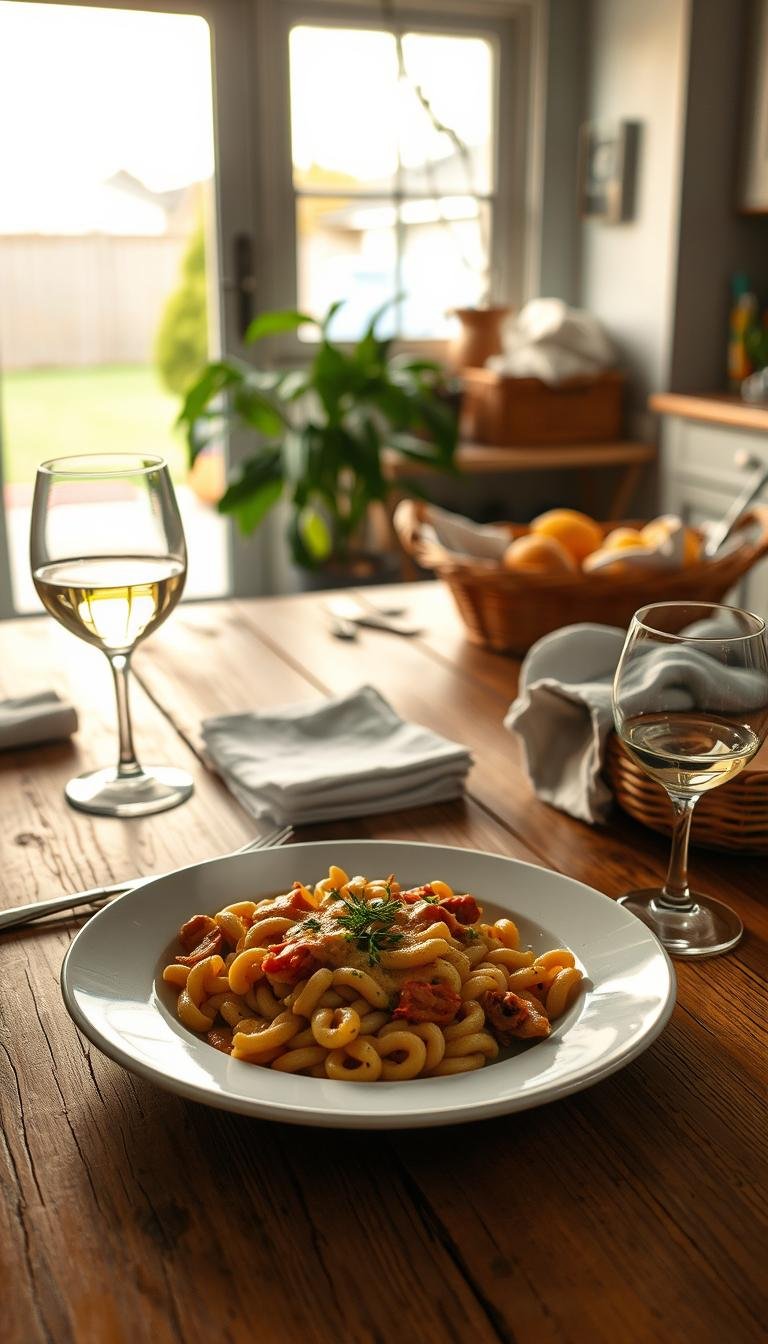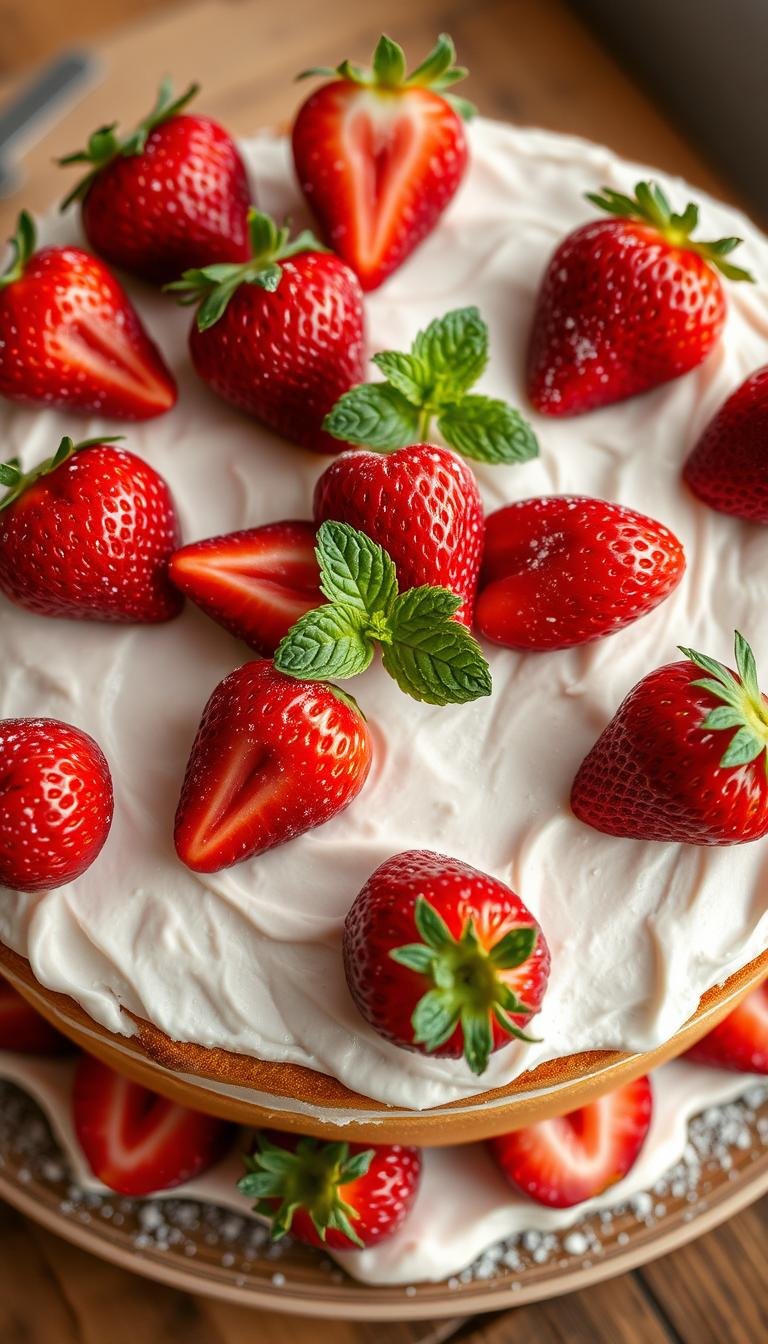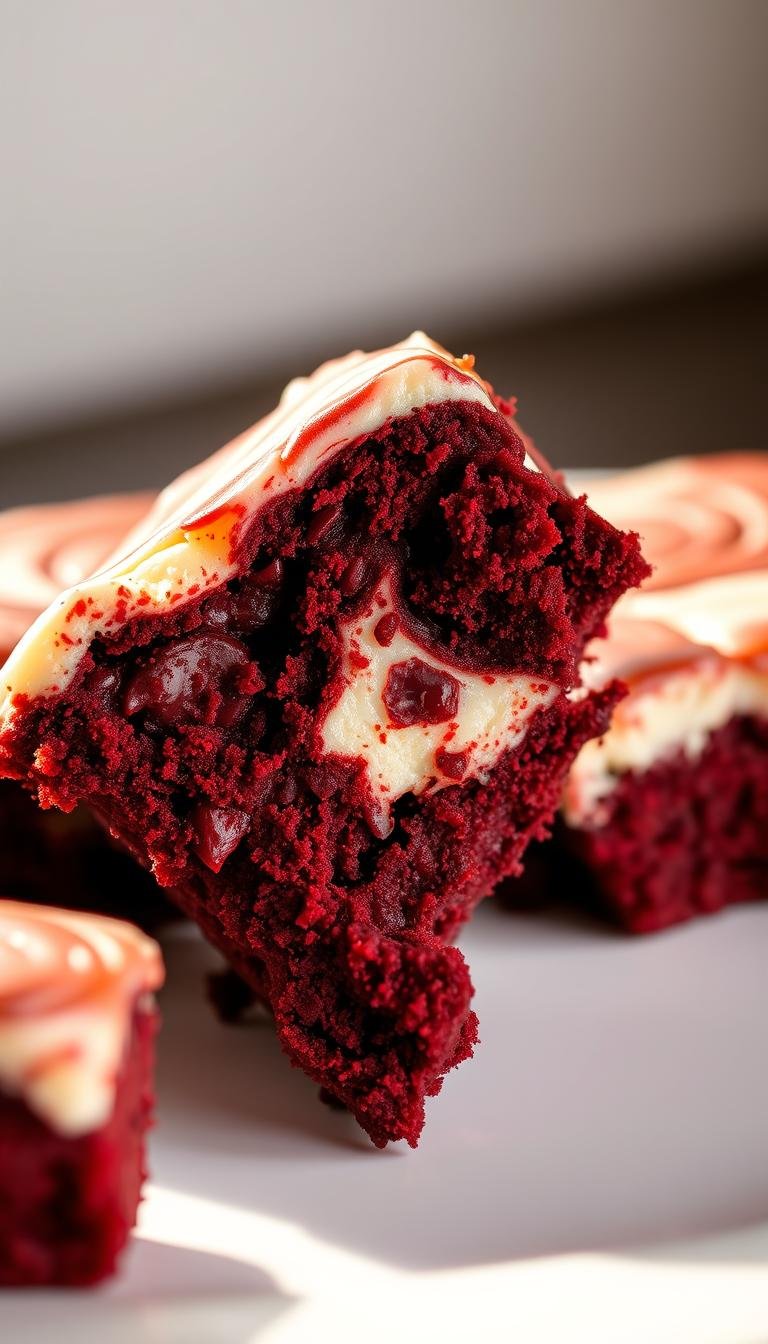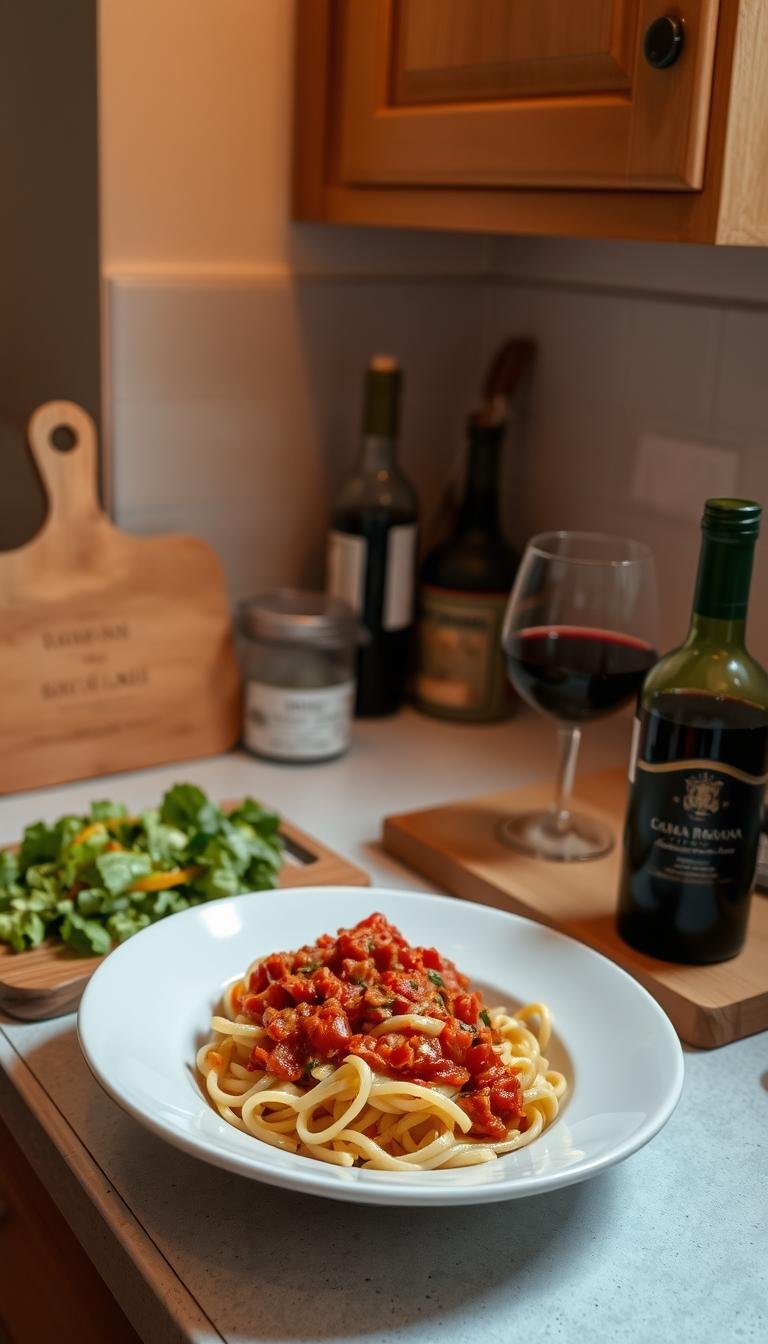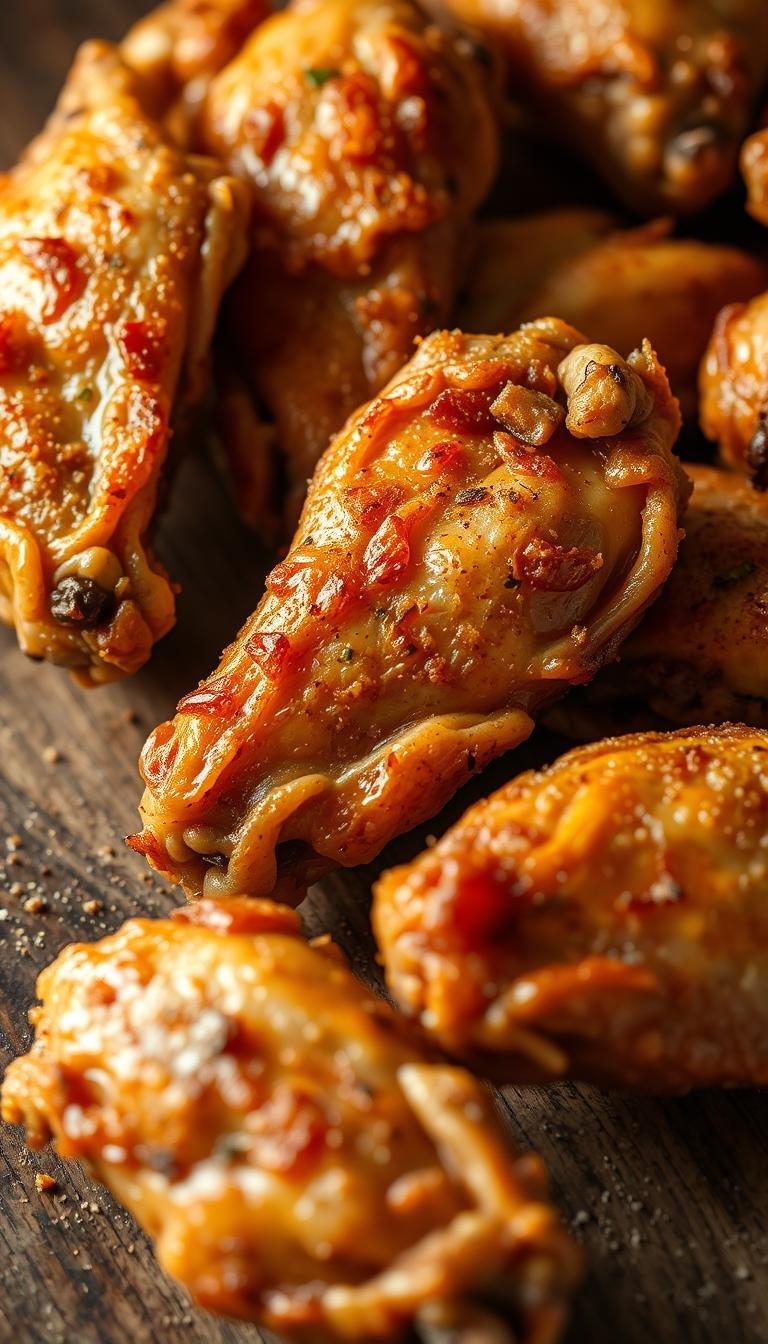Best Chicken Tikka Masala Recipes for Home Cooking
Surprising fact: more than one in four home cooks report making this popular South Asian dish at least once a month, yet many miss simple steps that lift it to restaurant quality.
This guide gathers proven methods so you can make a creamy, charred-tender version without a tandoor. It covers stovetop, oven, grill, air fryer, slow cooker, and Instant Pot approaches to fit any kitchen.
Learn which ingredients matter most—garam-forward spices, Kashmiri chili for color, and kasoori methi for aroma. You’ll also see why a yogurt-based marinade and hot searing create depth, and how blending the onion-ginger-garlic base yields a silky sauce.
The planner below gives timing cues, searing tips for convincing char, and swaps like cashew cream for dairy. Expect clear steps to choose thighs or breasts, tweak heat, and store leftovers so every meal tastes fresh.
Key Takeaways
- Follow a yogurt marinade and 3–24 hour rest for tender meat.
- Sear in a smoking-hot pan or cast iron for authentic char.
- Use Kashmiri chili and kasoori methi for color and aroma.
- Blend the base for a silky, restaurant-style sauce.
- Try oven, grill, or air fryer methods to match your kitchen.
- Cashew cream and timing cues make easy dairy and make-ahead swaps.
What Makes a Great Chicken Tikka Masala at Home
A standout home version hinges on three simple moves: a smart marinade, fierce searing over high heat, and a blended, silky sauce.
Start with a yogurt-lemon-garlic-ginger soak for 3–24 hours. This tenderizes and builds core spice notes so the final curry feels layered and balanced.
Use a garam-forward blend plus Kashmiri chili, turmeric, and kasoori methi in both the marinade and the pot. Those repeated spice layers bring depth without complexity.
- Marinade: long rest for breasts; thighs need less time but stay juicier.
- Searing: very high heat and enough oil in cast iron gives authentic char.
- Sauce: blend sautéed onion, tomato, ginger, and garlic for a restaurant-style finish.
Finish with careful salt and acid adjustments. A small swirl of cream or cashew cream rounds the flavors while keeping the dish bright and not heavy.
Key Ingredients and Flavor Foundations for Tikka Masala
Nailing the fundamentals—protein cut, spice blend, and sauce base—gives the dish depth and balance.
Thighs vs. breasts: chicken thighs excel for high-heat searing because they keep juices and take on deep char. Breasts are leaner and need a longer marinade and careful cooking to avoid dryness. Aim for a 3–24 hour yogurt-lemon soak when using lean cuts to tenderize and build flavor.
Spice profile: garam masala anchors the mix while Kashmiri chili adds color and gentle heat. Turmeric brings earthiness and kasoori methi adds a savory-sweet aroma. Use fresh ground cumin and coriander powder for brighter scents; keep whole or recently ground powders instead of stale jarred blends.
Sauce choices: Passata or pureed tomato gives a smooth base. Finish with cream for classic richness or a blended cashew cream as a dairy-free alternative. Sweet, long-sautéed onions plus fresh garlic and ginger form the aromatic backbone that turns spices into a layered sauce.
- Use a little oil in the marinade so ground spices adhere and bloom during searing.
- Balance acid, salt, and a pinch of sugar when tomatoes taste sharp.
- Choose grind size for powders to control release: finer for quick sauces, coarser for slow cooks.
Essential Techniques: Marinade, High-Heat Char, and a Silky Sauce
Mastering three focused steps—a measured marinade, a fierce sear, and a blended sauce—creates depth without extra fuss. These moves work on any stovetop and help you get a restaurant-style result in under an hour of active work.
Yogurt-lemon-garlic-ginger marinade: how long to marinate for best results
Aim for 3–24 hours in a yogurt-lemon-garlic-ginger mixture so the meat absorbs seasoning and stays tender without turning mushy. Pat pieces dry before cooking; moisture on the surface prevents browning.
Stovetop sear in a hot pan or cast iron skillet for char
Preheat a heavy skillet or well-seasoned pan until it smokes slightly. Add a thin slick of oil, then sear in batches so pieces brown instead of steam.
- Cook about two to three minutes per side over high heat to build color; finish in the sauce if needed.
- Scrape away overly burnt bits between batches to avoid bitterness and reheat the pan before the next round.
- Blend your sautéed onion and tomato base for a silky sauce, rewarm, stir in cream or cashew cream, and simmer briefly with the seared meat to marry flavors.
Classic Stovetop Chicken Tikka Masala Recipe
For a reliable stovetop method, focus on building a deep onion base, then finish with blended tomato and cream.
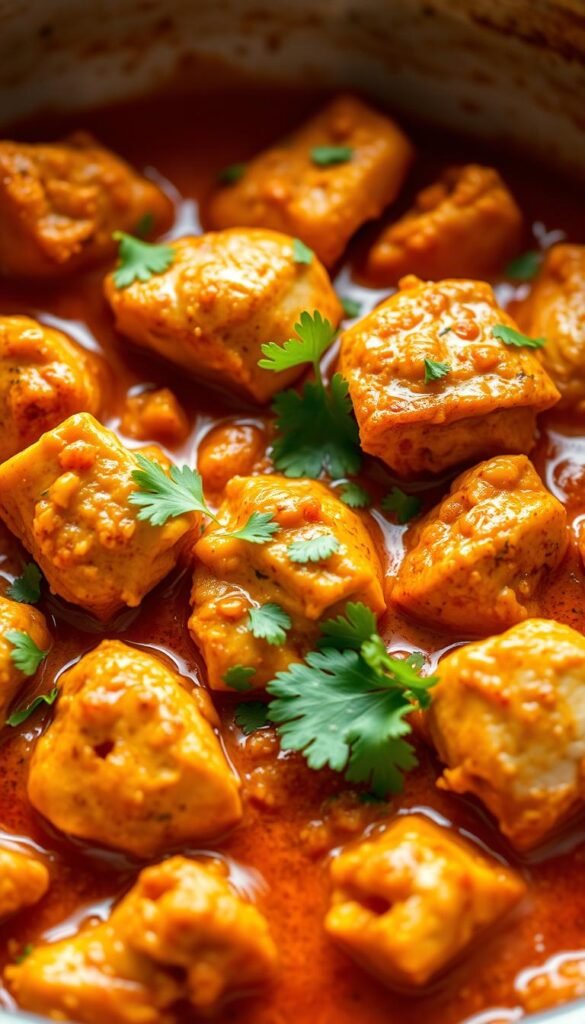
Step-by-step: from sautéed onions to tomato passata and cream
Sear marinated chicken in a very hot pan until charred on both sides, then set aside; it will finish in the sauce.
Sauté finely chopped onions with grated ginger and a pinch of salt for about 5–7 minutes until sweet and golden.
Add garlic and paprika briefly, then stir in your spice mix. Pour in 400 ml tomato passata plus 400 ml water, cover, and simmer 15 minutes so flavors meld.
Why blending the sauce matters for a smooth, restaurant-style finish
Blend the cooked base until completely smooth. This creates a glossy sauce that coats the protein evenly and gives a silky mouthfeel.
Return the sauce to the pan, stir in 100 ml cream, a knob of butter, and a small pinch of sugar. Add the seared pieces and simmer a few minutes to finish.
Adjusting heat and salt: paprika, cayenne, and a pinch of sugar
Taste and tweak salt and heat. Use paprika for color, cayenne for lift, and a tiny spoon of sugar to round sharp tomato edges.
Finish with a final pinch of garam masala if you like. Serve with rice or flatbread and enjoy a balanced, home-style version of this classic dish.
Oven, Grill, and Air Fryer Tikka: Easy Ways to Add Char at Home
You can get deep, flavorful browning without special equipment by using intense heat and timing.
Oven-bake then broil: Preheat to 400°F. Arrange marinated pieces on a rack or sheet. Roast about 15 minutes, then broil 2–3 minutes to blister edges. Pull just under done to allow carryover cooking.
Grill and air fryer options: For the grill, preheat to high and oil the grates. Cook skewered pieces over direct heat, turning to build even color. In an air fryer, set 380°F and cook 10–15 minutes, flipping once, until browned but still juicy.
Let meat rest a few minutes so juices redistribute before you add chicken to the sauce for a brief simmer that finishes cooking.
Optional smoky finish: Try dhungar: heat a lump of charcoal until red-hot, place it in a small bowl over the curry, add one drop of ghee, and cover for 5 minutes to trap smoke.
| Method | Temp / Time | Key tip |
|---|---|---|
| Oven + Broil | 400°F — 15 min; broil 2–3 min | Use a rack; pull just under done |
| Grill | High direct heat — minutes vary | Oil grates; turn often for even char |
| Air Fryer | 380°F — 10–15 min | Flip once; avoid overcrowding |
Slow Cooker and Instant Pot Tikka Masala Recipes
Hands-off methods like low-and-slow crockpot braising or high-pressure cooking yield rich, concentrated sauces. These approaches let aromatics and spices deepen while you focus on sides or prep.
Slow cooker method: Gently sauté onions, ginger, and garlic until soft and golden. Add tomatoes, spices, and a splash of water (about 1/4 cup) so the pot simmers instead of scorching. Transfer to the crock and cook low for 4–6 hours or high for 2–3 hours until the protein is tender and the flavors concentrate.
Pressure cooking for speed
Use the Instant Pot Sauté function to brown onions, ginger, and garlic first. Add tomatoes, spices, and water, then pressure cook for about 8–10 minutes, depending on piece size.
After natural release, blend the base to achieve a velvety sauce. Stir in cream or cashew cream, return the chicken cooked pieces to warm through gently, and avoid vigorous boiling so the texture stays tender.
- Tip: Taste and adjust salt and heat after blending; covered cooking concentrates flavor.
- Timing cue: Stop once protein is just tender—resting in warm sauce finishes it without drying.
Serving Ideas, Sides, and Make-Ahead Tips
Finish the meal with simple sides that highlight the curry’s richness and bright spices. Pairing choices help balance heat and texture so every bite feels complete.
Good pairings to plate with your meal
Serve fluffy basmati rice to catch every drop of sauce. Warm naan or flatbread turns the plate into a generous, shareable dish.
Balance richness with cooling cucumber raita and a crisp kachumber salad. A finishing shower of chopped cilantro adds color and freshness.
Meal prep, storage, and easy reheating
Marinate the protein up to 48 hours for deeper flavor, and cook the sauce base ahead. Store separated elements so rice doesn’t absorb all the sauce.
- Portion into a couple of cups per container for easy lunches that reheat well.
- Keep leftovers in the fridge for up to 3 days, or freeze up to 3 months flat for quick thawing.
- When reheating, add a small splash of water and a pinch of fresh spice to brighten flavors.
| Action | Timing | Benefit |
|---|---|---|
| Marinate protein | Up to 48 hours | More tender, deeper flavor |
| Store cooked curry | Fridge: 3 days / Freeze: 3 months | Safe holding and quick meals later |
| Reheat | Add splash of water + pinch of spice | Restores brightness and texture |
The Best chicken tikka masala recipes to Cook Tonight
Keep it simple tonight: bloom ground spices in hot fat, brown the marinated pieces fast, and fold them into a warm bowl of blended tomato and cream.
Stovetop: use a garam masala-forward blend, Kashmiri chili for color, and a splash of lemon in the marinade. Sear in cast iron so the surface chars and stays juicy.
Oven or broil: roast until nearly done, then broil briefly to blister edges. Transfer into the sauce to finish cooking and absorb flavor.
Air fryer: for minimal cleanup, crisp batches at high heat. Turn and drop the browned pieces into a simmering sauce for a quick finish.
- Bloom ground spices for aroma before adding passata and water.
- Adjust heat with a measured pinch of chili powder and balance acidity with lemon.
- Finish with cream or cashew cream and fresh herbs for contrast.
These approaches deliver a reliable weeknight result. They let you choose a lighter, brighter profile or a richer, cozier sauce based on time and taste.
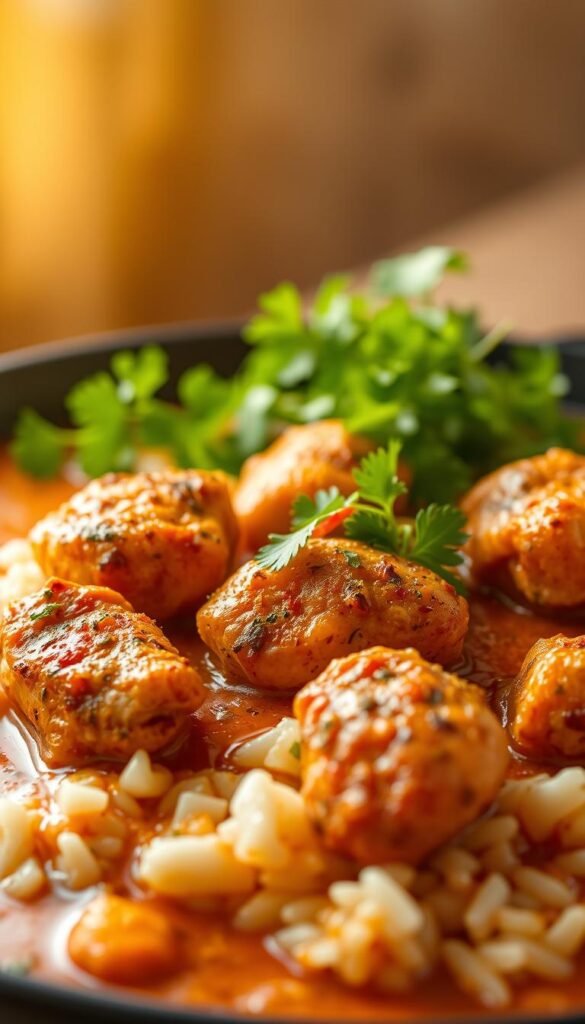
Conclusion
Follow a few clear steps and you’ll get glossy sauce, well-seared pieces, and repeatable results every time. Marinate long enough, sear in a hot pan or skillet, then blend the base and finish with cream or a cashew alternative.
Keep staples like garam masala, Kashmiri chili, turmeric, ginger, and garlic on hand. Cook in batches so each piece browns in a few minutes, then add chicken to the sauce to finish until just cooked through. Use oven or air fryer if time is tight; try a quick dhungar for smoke.
Serve with basmati rice and a fresh side, portion leftovers into a bowl for the fridge, and reheat gently. Now go cook with confidence and enjoy a reliable, home-style tikka masala.
